Hunger is not always visible, but even when you can’t see it, hunger is widespread. From developing countries to the United States, children and families don’t always have enough to eat. Knowing the hunger facts will help us work towards a solution together.
IN THE UNITED STATES

Right now, 1 in 5 American kids don’t have enough food and don’t know where their next meal will come from.
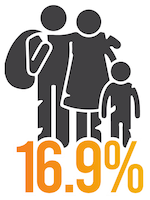
16.9% of children live in poverty.

To put it in perspective, that’s 1 in 6 children who live in poverty.
Food Insecure Households
For many families in the U.S., the past several years have been difficult. Higher food prices, economic instability, and other factors have made providing for a family even harder. 1 in 8 households in the U.S. is food insecure. That means these families don’t have enough money or resources to buy enough food for everyone in their household.
As recently as 2022, 7.3 million children lived in food insecure households.

SNAP Benefits
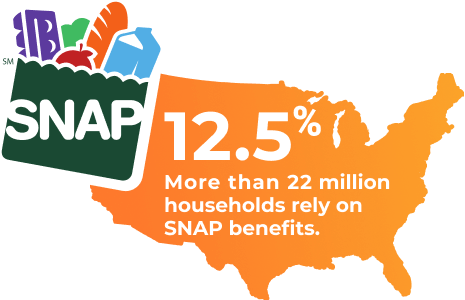
More than 22 million U.S. households use SNAP benefits to help with food costs, as of April 2023. Sometimes known as “food stamps,” SNAP is the federal Supplemental Nutrition Assistance Program. People who receive SNAP benefits can use it to buy groceries, seeds, and plants for food. SNAP cannot be used to purchase hot food or household items like cleaning supplies, vitamins, or diapers.
Approximately 92% of SNAP benefits go to households with incomes at or below the poverty line.
With recent cuts to the program and higher costs at the grocery store, the assistance doesn’t go very far. 16 million U.S. households have had less SNAP benefits since March 2023. Families with kids have lost $223 per month on average.
Children in School
Two federal nutrition programs help children during the school year have free or reduced-price meals. These programs can help reduce food insecurity, obesity rates and poor health. It also helps struggling parents stretch their budget further.
- The School Breakfast Program served over 15.5 million children a meal in the 2021-2022 school year. Breakfast helps all children be prepared for what’s to come in their school day.
- On an average school day, more than 30 million children receive meals from the National School Lunch Program. Meals served through this program meet federal nutrition standards, which require more whole grains, fruits and vegetables.
Around the World

Approximately 2.3 billion people were moderately or severely food insecure in 2021. That’s almost 1 in 3 people or nearly 30% of the global population.
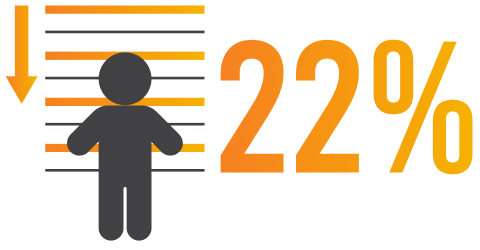
22% of children under 5 years old—nearly 1 in 4 —experienced stunted growth in 2020.
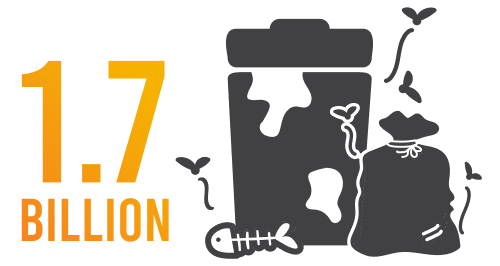
1.7 billion people lack basic sanitation services.
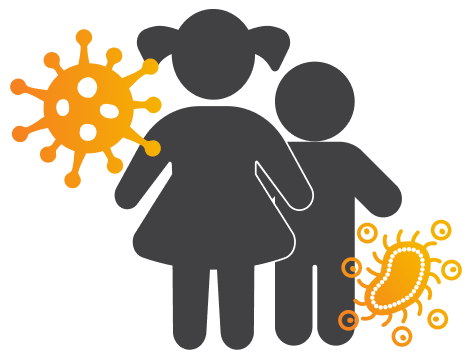
Malnutrition is the single largest contributor to disease in the world.
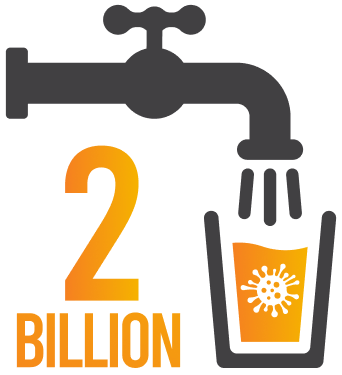
2 billion people drink from contaminated water sources. Having access to clean water allows for better hygiene practices like hand washing, which can prevent infectious diseases and illness.
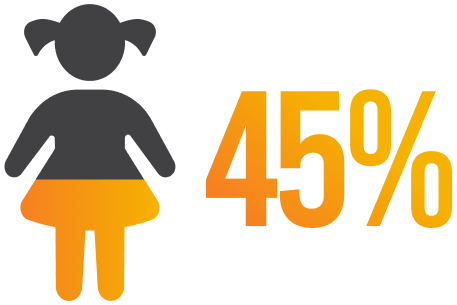
Approximately 45% of deaths among children under 5 years old are linked to undernutrition. Undernutrition means a person is not getting enough nutrients to grow and thrive. Other outcomes include wasting and stunting.

